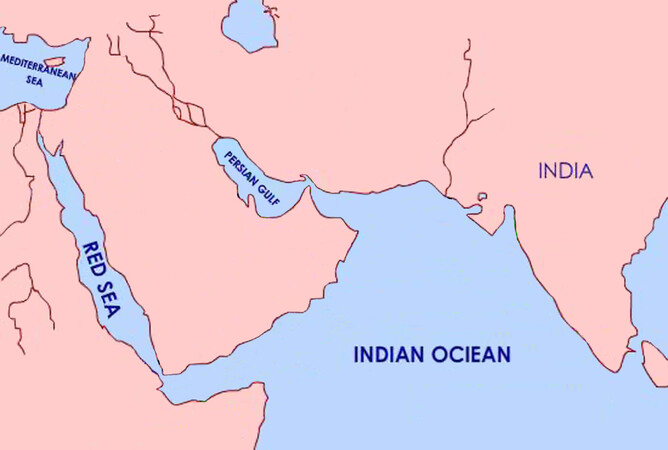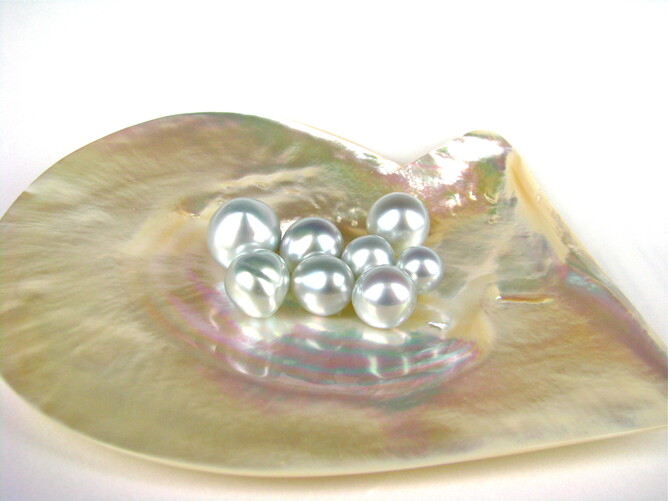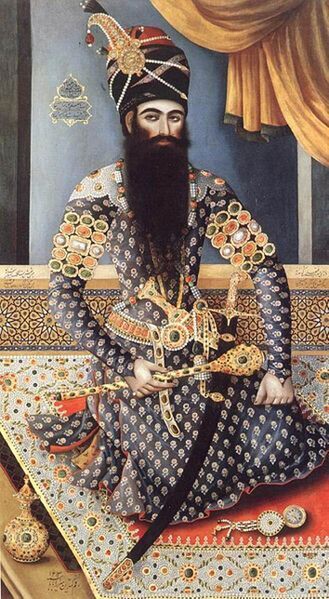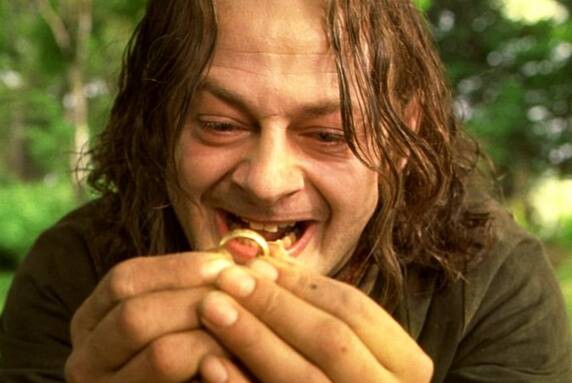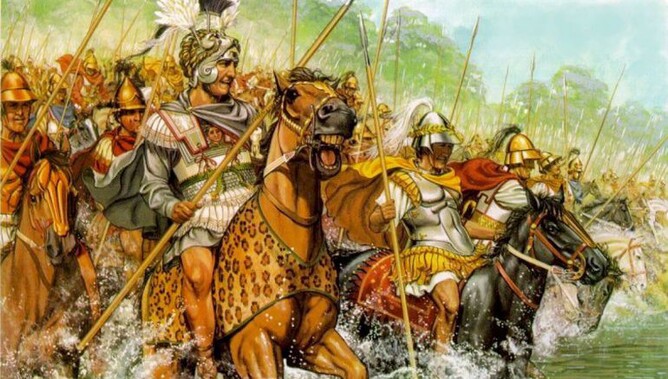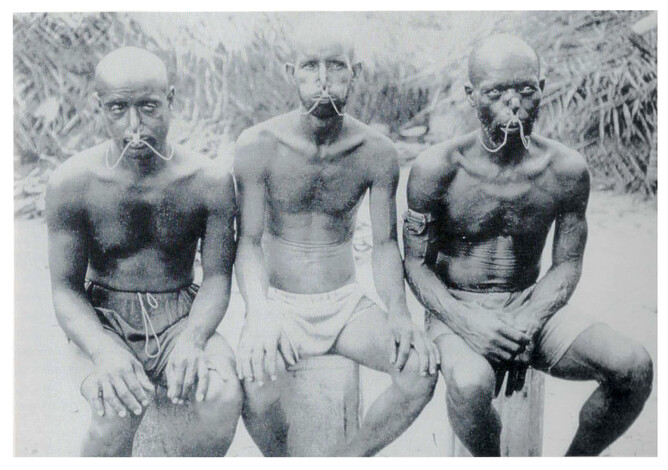Discovery of Pearls
The discovery of pearls is so far back in time that it can only be surmised as to how it happened.
The banks of the Persian Gulf, Red Sea and Indian Ocean were rich with pearl bearing molluscs.
As the molluscs were so plentiful & located in relatively shallow waters, it made them an easy food source.
Undoubtedly, the removal of the mollusc meat would have revealed pearls.
The banks of the Persian Gulf, Red Sea and Indian Ocean were rich with pearl bearing molluscs.
As the molluscs were so plentiful & located in relatively shallow waters, it made them an easy food source.
Undoubtedly, the removal of the mollusc meat would have revealed pearls.
An Item of Value
An aspect of human beings that sets us apart from other animals (or so we assume) is our appreciation of beauty.
And often with our appreciation of beauty comes the desire to own.
A lustrous pearl is a thing of breath taking beauty.
Unlike all other gems, pearls come complete. They do not need to be fashioned or shaped like precious stones or noble metals.
This makes them immediately desirable.
And often with our appreciation of beauty comes the desire to own.
A lustrous pearl is a thing of breath taking beauty.
Unlike all other gems, pearls come complete. They do not need to be fashioned or shaped like precious stones or noble metals.
This makes them immediately desirable.
The Role of Pearls
The pearl rich areas of the Persian Gulf, Red Sea and Indian Ocean are locations of some of the world's earliest civilisations.
This has led to speculation that pearls played a pivotal role in the development of these civilisations.
This has led to speculation that pearls played a pivotal role in the development of these civilisations.
Persia
Persian rulers at the height of their Empire – 6th to 4th century B.C – had amassed great fortunes of pearls.
Knowledge of their wealth was depicted on coins and portraits of Queens adorned with pearls.
The oldest known piece of pearl jewellery consists of 216 pearls and dates to 4th century B.C. It was discovered in 1901 by archaeologists uncovering the tomb of an Achaemenid Princess buried in the Khuzistan area of Iran.
Knowledge of their wealth was depicted on coins and portraits of Queens adorned with pearls.
The oldest known piece of pearl jewellery consists of 216 pearls and dates to 4th century B.C. It was discovered in 1901 by archaeologists uncovering the tomb of an Achaemenid Princess buried in the Khuzistan area of Iran.
Parthian and Sassanian Kings ruled Persia (now known as Iran) a few centuries before and after the birth of Christ.
Outsiders coming to trade with Asia boosted international commerce and the value of pearls. As pearls increased in value so did the rulers desire for them.
Outsiders coming to trade with Asia boosted international commerce and the value of pearls. As pearls increased in value so did the rulers desire for them.
Pearls and War
An interesting, but not admirable trait of human beings is that as we notice someone, or in this case a country, amassing great wealth we believe we should somehow have a share of it.
And so it was that as Persia's wealth grew, marauders arrived.
The Greeks invaded under Alexander the Great's rule and in turn, so did the Byzantines – heirs to the Roman Empire.
The fall of the Roman Empire in 410A.D saw the bounty of pearls, the Romans had collected, roll their way back into the Persian treasuries.
The Greeks invaded under Alexander the Great's rule and in turn, so did the Byzantines – heirs to the Roman Empire.
The fall of the Roman Empire in 410A.D saw the bounty of pearls, the Romans had collected, roll their way back into the Persian treasuries.
Amazing Wealth
Persia from 641 – 1517A.D 'flourished under the intellectual and culturally rich Islamic empire.'This empire reached in to Spain, India and Africa.
Unimaginable quantities of pearls were collected by the Muslim caliphs during this time and set in elaborate ornaments and jewellery. To maximise the display of pearls, jewellery was created for every part of the body!
"This display of pearly wealth amazed the world and made Persia the stuff of legends."
Unimaginable quantities of pearls were collected by the Muslim caliphs during this time and set in elaborate ornaments and jewellery. To maximise the display of pearls, jewellery was created for every part of the body!
"This display of pearly wealth amazed the world and made Persia the stuff of legends."
Side Story
We will leave the Persians and their extraordinary wealth for this blog and touch on a side topic.
Mollusc Collection
Molluscs have been around for millennia. (As mentioned in an earlier blog, we know this because of the discovery of pearl fossils.)
Initially they were sourced in shallow waters and found in abundant quantities.
As harvesting continued, unchecked, it became necessary to start searching in deeper waters for the treasure bearing molluscs.
Heading into deeper waters increased the risks for divers.
The diver's story is a tad grizzly and requires its own blog: one I may do at a later date.
Initially they were sourced in shallow waters and found in abundant quantities.
As harvesting continued, unchecked, it became necessary to start searching in deeper waters for the treasure bearing molluscs.
Heading into deeper waters increased the risks for divers.
The diver's story is a tad grizzly and requires its own blog: one I may do at a later date.
Collected for How Long??
I wonder if anyone else wonders, as I did, as to how long harvesting could continue at such phenomenal rates before the molluscs became extinct or close to it?
Some species of molluscs did become extinct and harvesting didn't slow down, until the 1800's. At this point in time, there were very few molluscs bearing pearls.
On the face of it, that is nearly two thousand years of harvesting: an extraordinary length of time and a staggering amount of pearls!
I am curious to know how many of them may still be in vaults or if most of them have just disintegrated with time.
Food for thought!
Some species of molluscs did become extinct and harvesting didn't slow down, until the 1800's. At this point in time, there were very few molluscs bearing pearls.
On the face of it, that is nearly two thousand years of harvesting: an extraordinary length of time and a staggering amount of pearls!
I am curious to know how many of them may still be in vaults or if most of them have just disintegrated with time.
Food for thought!
Reference
Pearls – Ornament and Obsession
By Kristin Joyce and Shellei Addison
By Kristin Joyce and Shellei Addison
